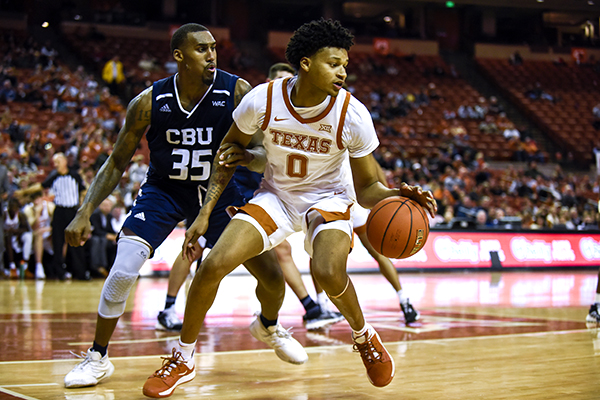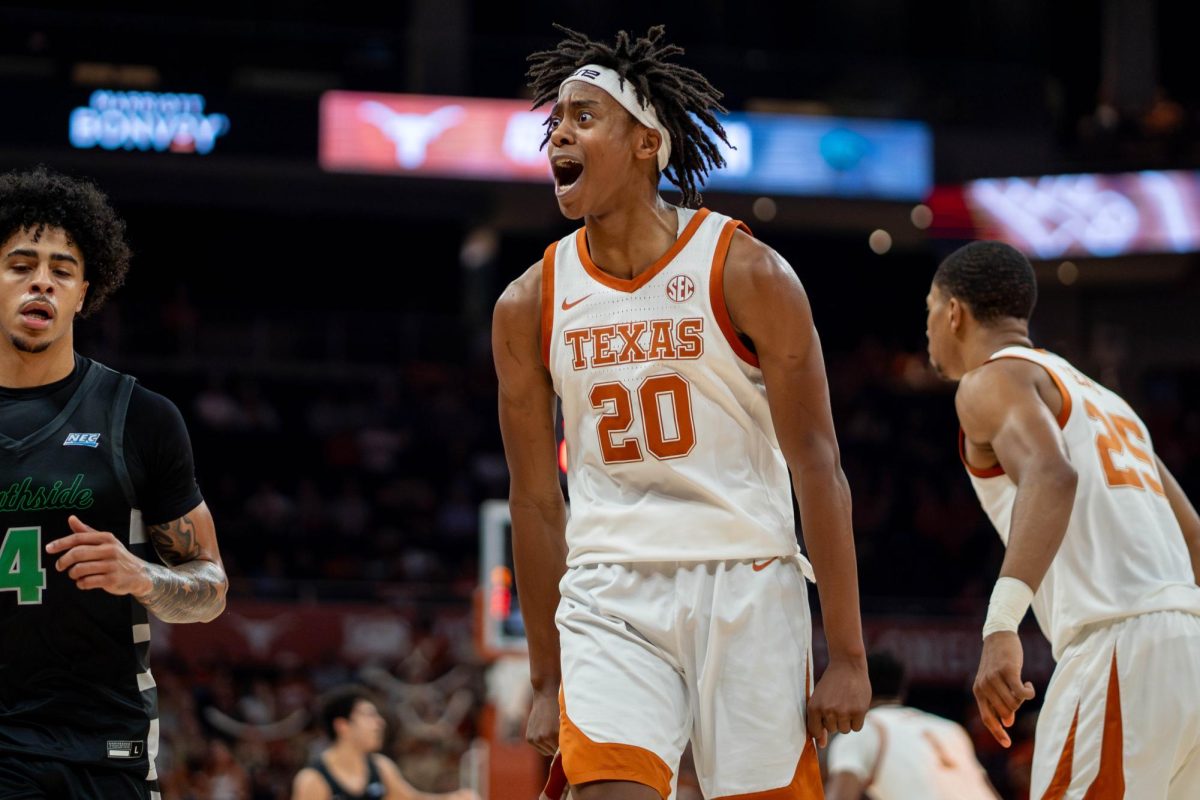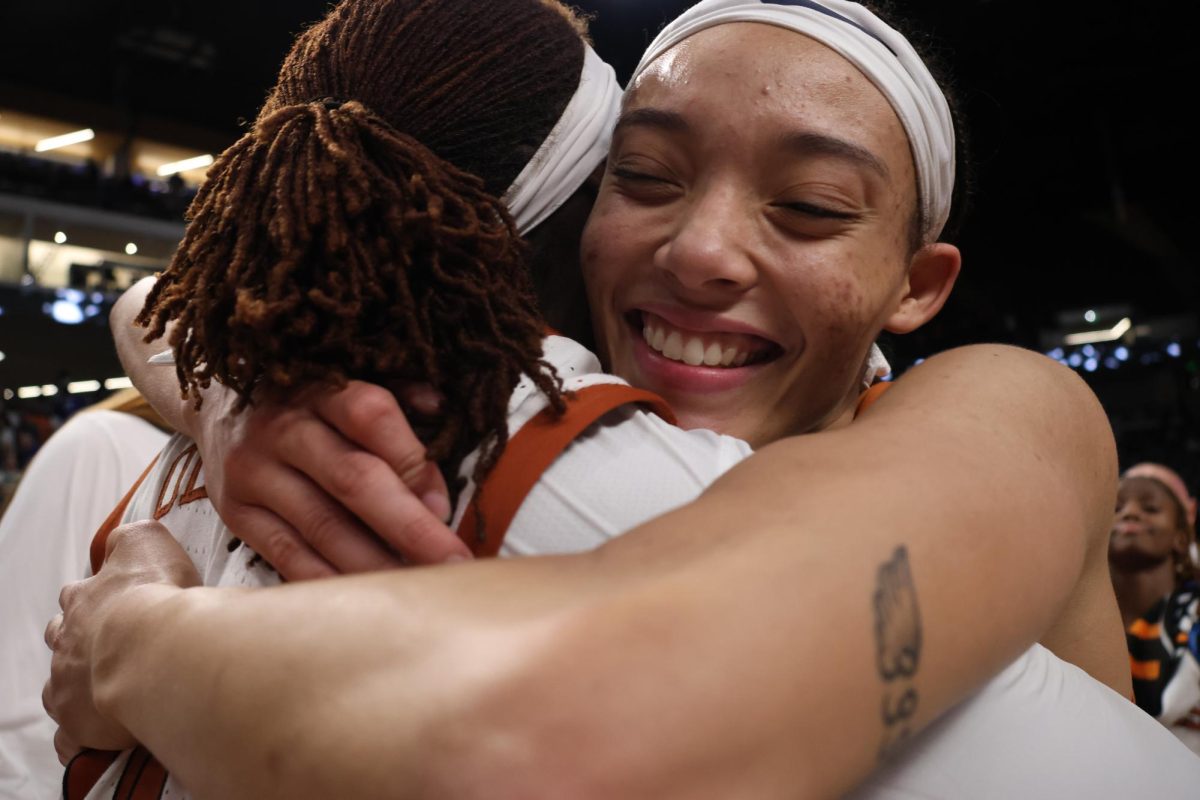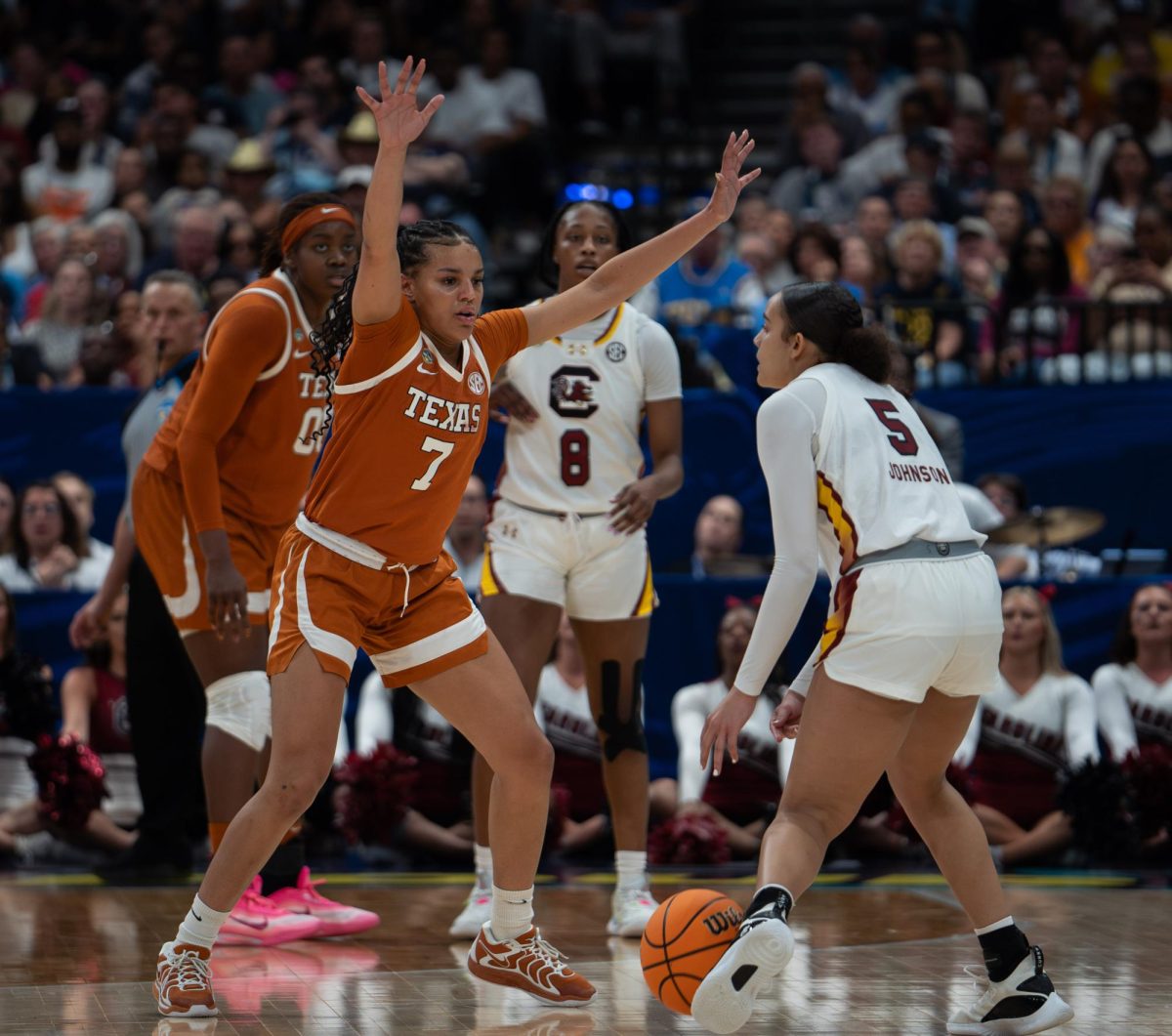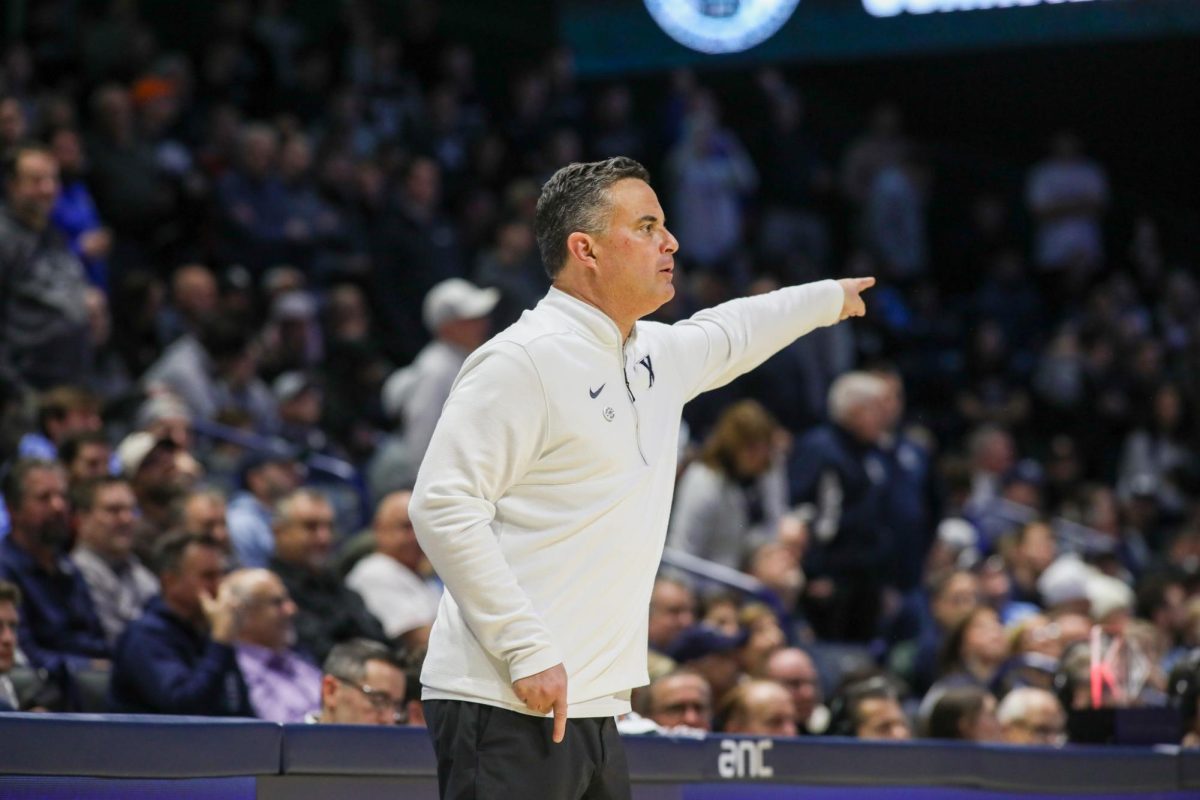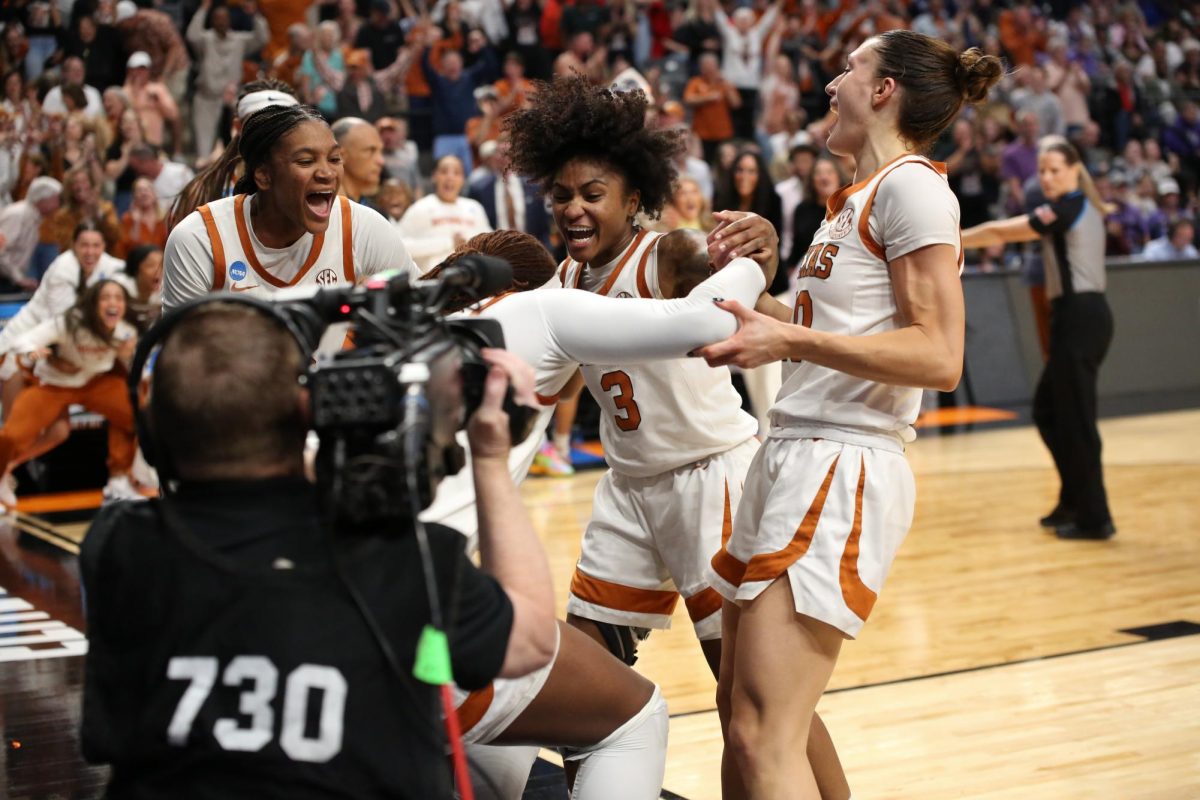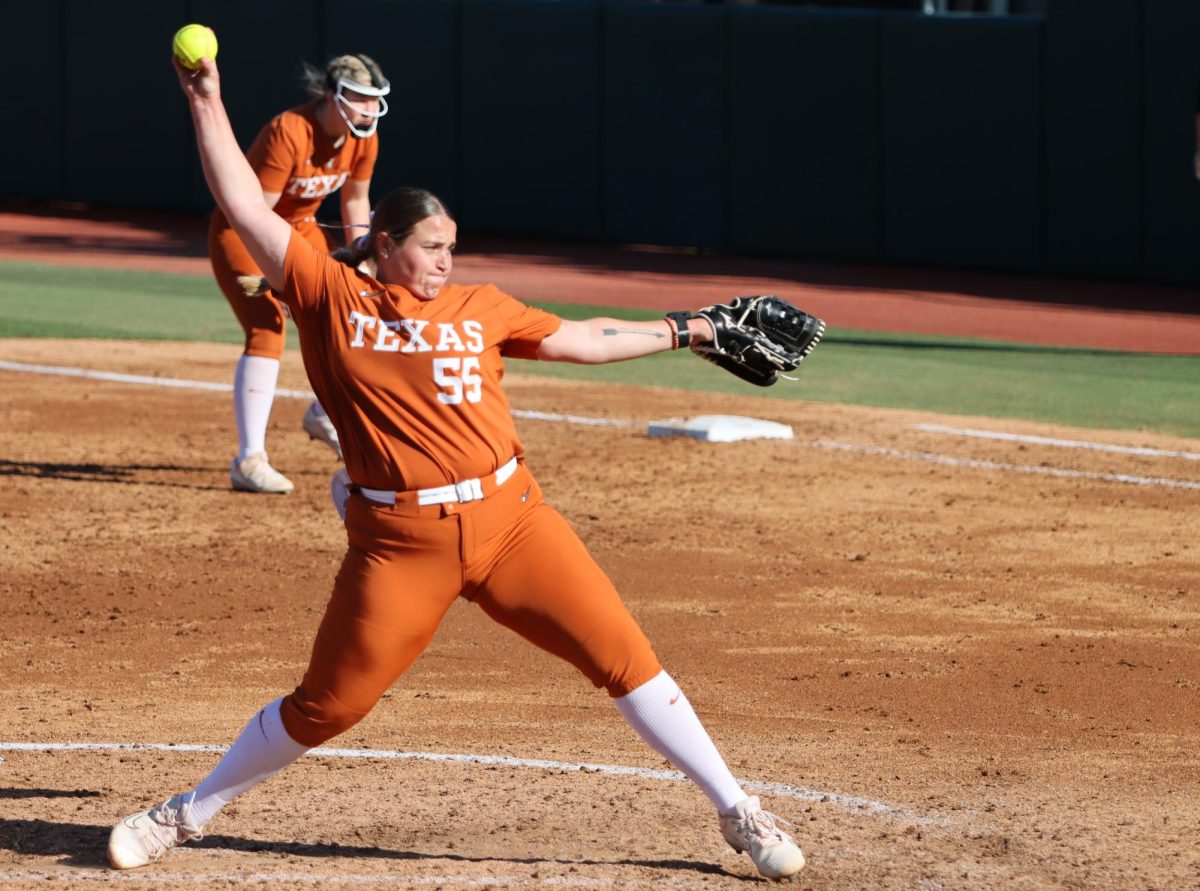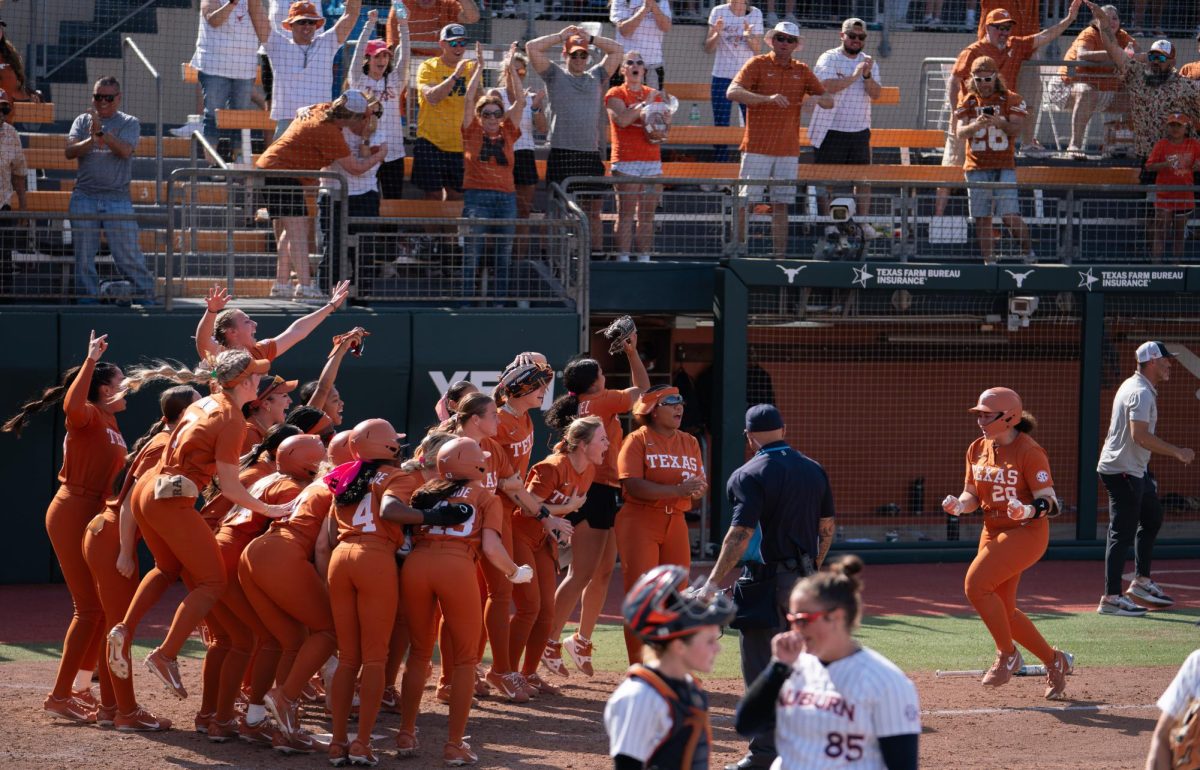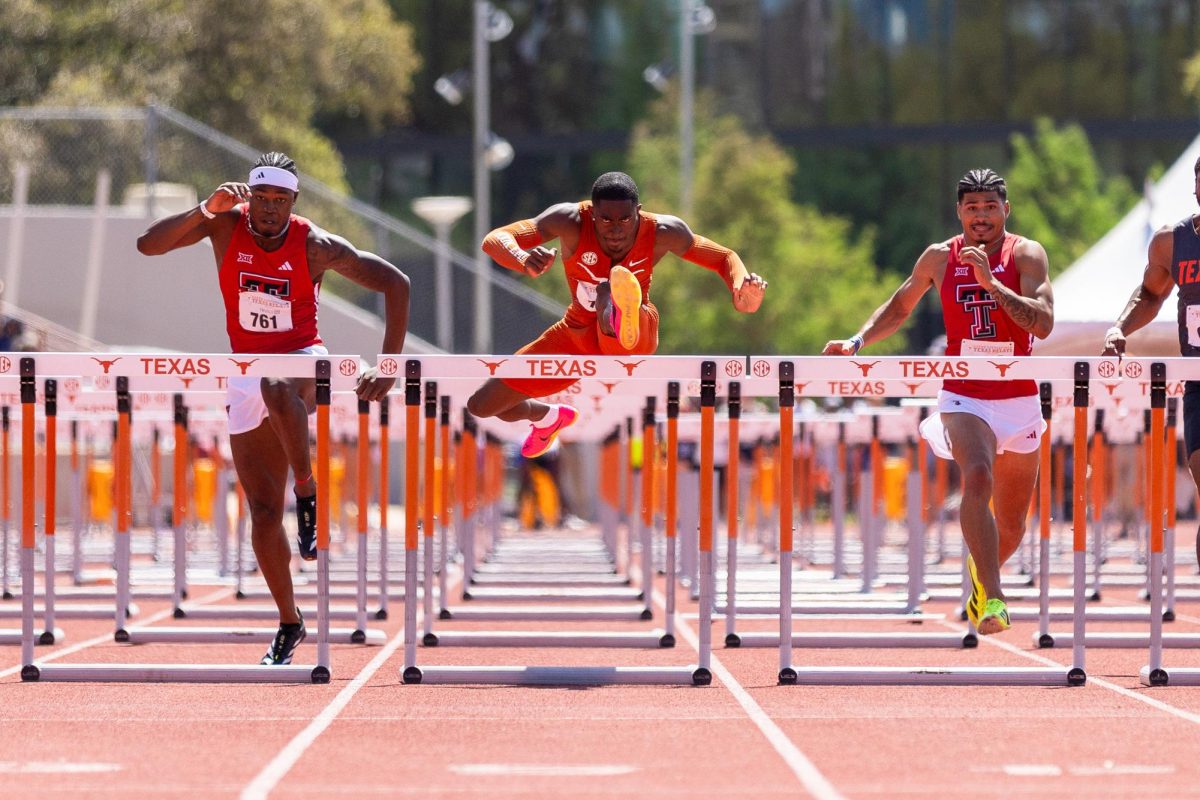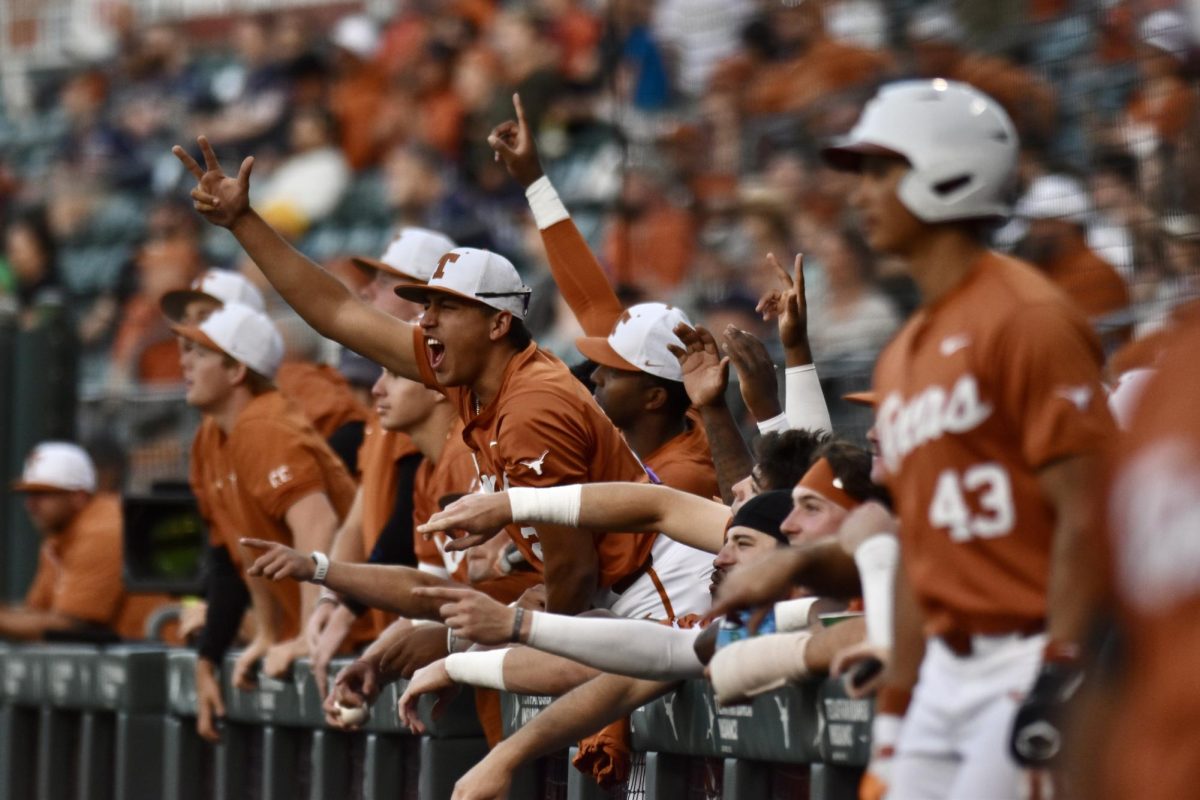With 3:28 remaining in a nine-point game against a California Baptist team which jumped to Division-I just last year, sophomore Gerald Liddell checked in for Andrew Jones.
To the naked eye, this was a questionable move — subbing in a sophomore for a 22-year-old veteran leader. But in Texas head coach Shaka Smart’s transitional offense, the stretch four is of the highest value.
“He’s a good hybrid. He’s really a guard, but he’s got good size,” Smart said regarding Liddell. “It gives you some versatility.”
In his second year on the Forty Acres, sophomore Gerald Liddell is part of a group helping the Longhorns move towards a lineup head coach Shaka Smart says he’s more comfortable coaching.
With a nontraditional lineup featuring a stretch four player, Texas is showing its ability to stretch the floor in ways it hasn’t in the past. Although fans saw a healthy dose of then-freshman big Kamaka Hepa in 2018-19, Liddell is proving himself far more versatile, explosive and confident than Hepa.
“It gives us more decision makers on the floor,” Smart said. “(But) it depends on who you’re playing against and what type of lineup they have in the game.”
Though the new playmaker-oriented lineup contradicts the traditional three-guard, two-post grouping, Smart has been moving towards it in the past several years.
But Liddell isn’t always the focus of the four-guard lineup. In Tuesday night’s 67-54 win over California Baptist, Liddell played the fewest minutes of the five starters due to a handful of untimely fouls.
Though the night was highlighted by Courtney Ramey’s career high scoring performance and Jericho Sims’ first double-double, Sims attributes his performance to Texas’ new stretch lineup.
“(The four-guard lineup) makes it a lot easier.” Sims said. “We have some great passers in Courtney (Ramey) and Matt (Coleman) … so it makes it easier for us.”
Ramey, an experienced sophomore poised for a breakout year, enjoys the fast pace a four-guard lineup allows Texas to play with.
“The four-guard (lineup) creates an advantage for us,” Ramey said. “… You don’t know who might (go off). It might be Andrew (Jones) the next game, it might be Jase (Febres) the next game. We’re a great team. We’ve got some great players.”
Most surprisingly, the smaller lineup’s impact on Texas’ rebounding has been minimal. The Longhorns have managed to rebound two out of three opponents in the early going thanks to a guard strategy Smart calls “rebounding down.”
Against teams like California Baptist that average over 23-point attempts per game, guard rebounding in the stretch lineup is of the utmost importance.
“We’re going to have a lot of guys out on the perimeter when we’re playing teams that like to stretch the floor,” Smart said. “We’ve got to fly in there and rebound.”
Craftier and healthier than teams of years past, Texas’ more creative, playmaker-oriented style seems to be the best option to get its best five players on the court together.
Now, it’s just a matter of time before Smart finds a unit that works.
“It comes down to, ‘Can you make the shot?’” Smart said. “At the end of the day, you want to have five guys out there that can create for each other and play together.”

